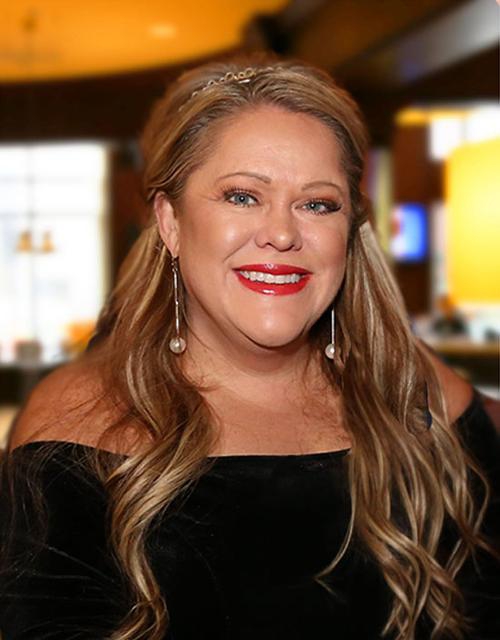
During the winter, when the roads remain perpetually snow or ice covered, there is often a rise in automobile accidents where the vehicles may never actually touch one another. However, these types of accidents can occur at any time. They are called "no-contact" accidents.
For example: If you’re driving down the road and another driver’s actions force you to swerve to avoid them, or other similar situation, and you crash your vehicle, this is a no-contact accident. (Click the link for an example of a "no-contact" case we've handled.)
In some cases, the other driver may continue driving and not stop. Unless you were able to get some identifying information about the other vehicle, you will have a difficult time getting the driver to court. If you report this to your insurance company, they will likely force you to accept fault and refuse to compensate. However, with the help of an automobile accident attorney, you may have the right to receive compensation for any damage and injuries caused to you or your car by filing a personal injury claim. But, there are a couple of things you’ll want to understand.
The Phantom Vehicle
In no-contact accidents, the other driver is designated as the “phantom vehicle.” This phantom vehicle should fall under the uninsured motorist coverage that most states require an auto insurance policy to contain. Ultimately, coverage is going to come down to these three questions:
1.What does your insurance policy state?
2.Are there any corroborating witnesses?
3.What are the state’s underinsured/uninsured motorist insurance requirements?
Follow these links for the insurance requirements for Wisconsin, Illinois, and Iowa.
Witnesses
Witnesses are your best asset in no-contact accidents, especially if there are injuries or significant vehicle damage. Depending on your state and your insurance provider, you may be required to have a corroborating witness to the accident. Without a witness, the insurance company is less likely to believe the accident was caused by someone else and not yourself. A corroborating witness can be anyone present at the scene that saw the accident. This can include:
- Another person involved in the accident
- Your passengers
- A person passing by at the time of the accident
- Another motorist that observed the incident
Request the free guide, Understanding Auto Insurance for more information.
In the event that you are involved in a no-contact car accident, your insurance company might not come to your aid. Consult the experienced automobile accident attorneys at Hupy and Abraham to learn your legal rights and see if you’re eligible for compensation. Call 800-800-5678 or start a live chat anytime at Hupy.com.
